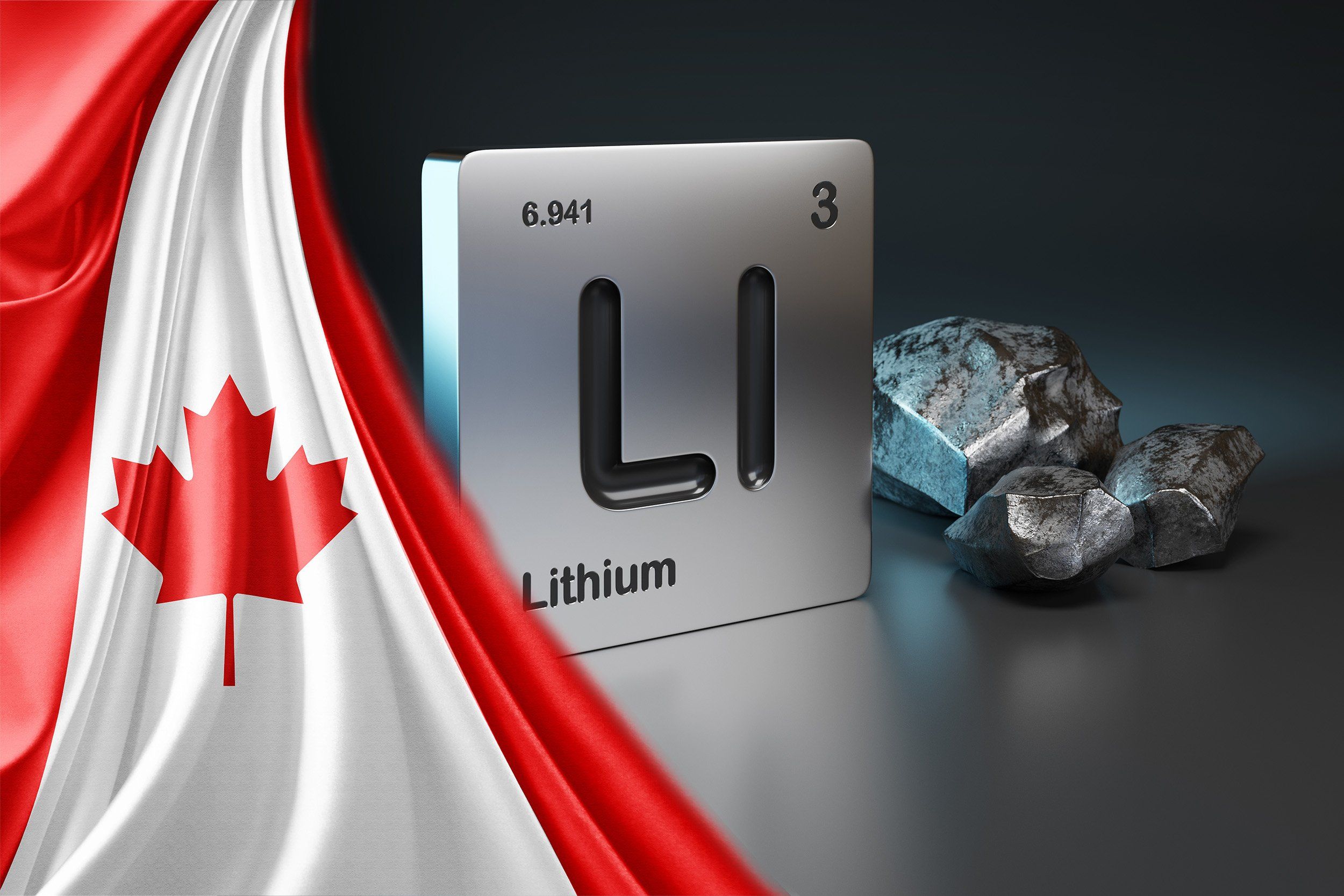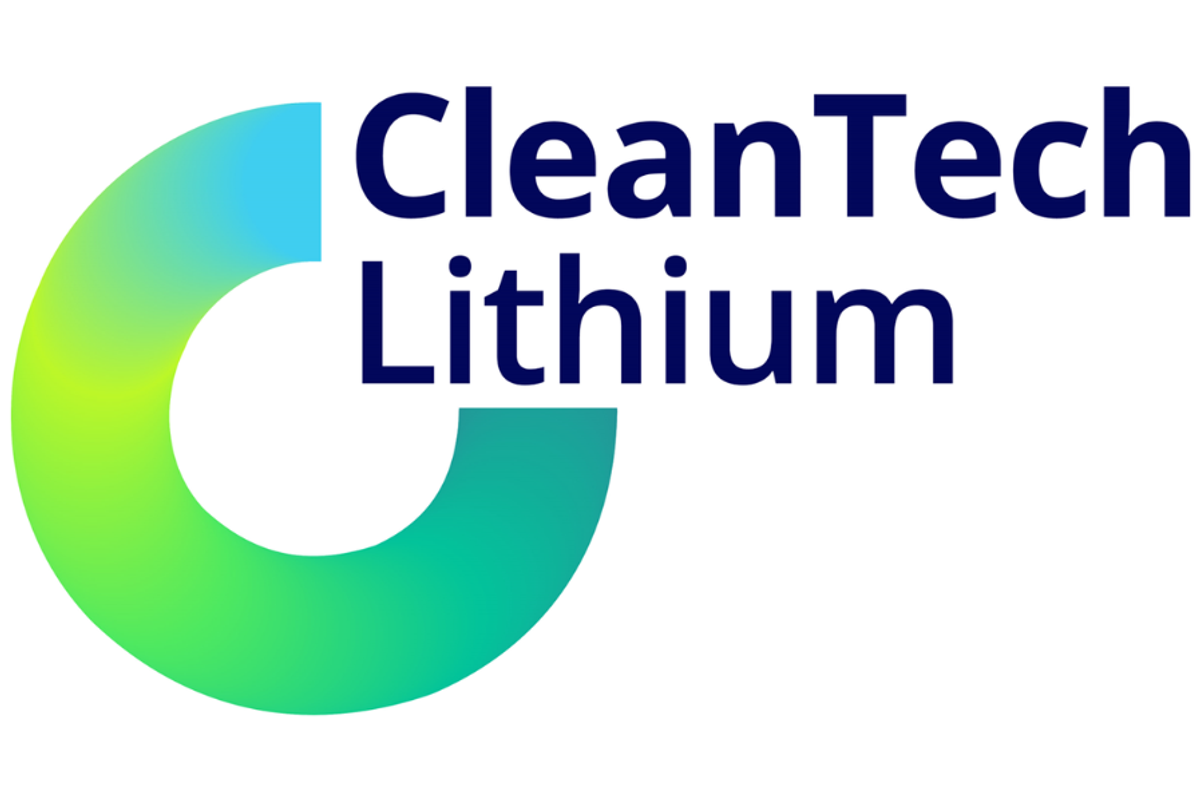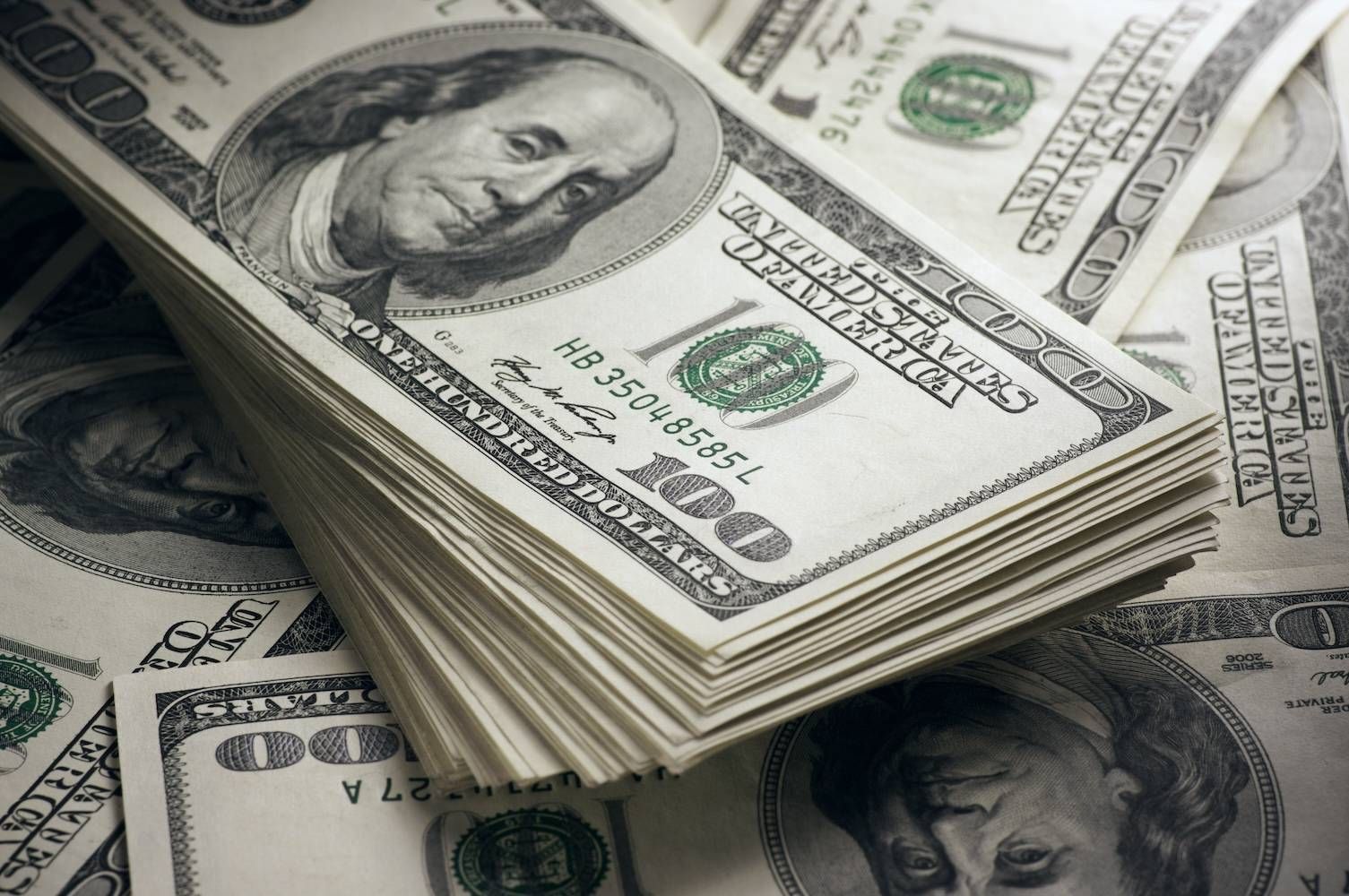
September 09, 2024
Drilling will test priority targets identified along strike from major gold and critical minerals discoveries and mines in Western Australia and the Northern Territory
Metals Australia Ltd (ASX: MLS) (“the Company”) is pleased to announce that drilling has commenced testing the first of three key exploration projects in Australia1,8, which are highly prospective for gold and critical minerals. All three projects are located along strike from major mineral deposits in world-class mineral fields (see Figure 1).
- An aircore drilling program of up to 6,000m is underway testing gold, lithium-pegmatite and Ni-Cu- Co targets across the Warrambie Project in WA’s northwest Pilbara1. Warrambie straddles the Scholl Shear Zone, which is analogous to the Mallina Shear – host to the nearby, 10Moz, Hemi gold deposit3. The drilling will also test for major lithium-pegmatites, being located just 10km east of the Andover lithium discovery2,5.
- An up to 120-hole aircore drilling program is permitted to follow an extensive soil sampling and gravity program underway at Big Bell North in WA’s world-class Murchison Gold Province, testing greenstone-splay fault hosted gold targets identified from interpretation of imagery from the recently completed aeromagnetic survey1. Big Bell North is located along strike to the northeast of the 5Moz Big Bell gold deposit4.
- Approvals imminent for a substantial drilling program at the Warrego East copper-gold project within the Tennant Creek Mineral Field, which historically produced a world-class 25Mt @ 6.9g/t Au and 2.8% Cu6. Warrego East is directly east of Warrego mine, which produced 6.75Mt @ 1.9% Cu and 1.8g/t Au6. The drilling will test a series of gravity and magnetics defined ironstone hosted copper-gold targets within a corridor which links the Warrego Mine with the Gecko and Orlando copper-gold deposits6,7.
Metals Australia CEO Paul Ferguson commented:
“2024 is shaping up as the most active and exciting period in Metals Australia’s history - with the three aggressive gold and critical minerals drilling and exploration programs launched at Warrambie, Big Bell North and Warrego East in Australia being advanced in parallel with our two gold and critical minerals programs underway in Canada.
“Critically, our projects are all located in world-class mineralised provinces along strike from major discoveries and historical mines.
We believe all our projects have potential for major new discoveries and we look forward to a period of strong news flow and results throughout the remainder of 2024 and beyond - as we look to unlock their potential and build value for MLS shareholders.”

Warrambie Lithium-Pegmatite, Gold and Ni-Cu-Co Targets, Northwest Pilbara, WA
An extensive aircore drilling program has commenced testing bedrock lithium-pegmatite targets identified at Warrambie as well as gold and Ni-Cu-Co targets in previously un-explored areas under shallow cover.
Up to 50 aircore holes (up to 6,000m) are being drilled to test targets generated through interpretation of previously acquired detailed aeromagnetics and detailed gravity imagery over the Warrambie project (see Figure 2), including:
- Lithium pegmatite targets associated with northeast-trending fault corridors associated with gravity lows which intersect magnetic mafic intrusive rocks1,8. This is an analogous geological setting to the neighbouring Andover lithium pegmatite discovery (drilling intersections of up to 209m @ 1.42% Li2O2) – which is associated with a 5km wide, northeast-trending structural corridor in mafic intrusive rocks (Figure 2).
- Orogenic gold (and Ni-Cu-Co sulphide) targets associated with magnetic anomalies in the Scholl shear which extend west of the Sabre Resources Ltd (ASX:SBR) Sherlock Bay Project, which hosts a 100,000t Ni-Cu-Co sulphide resource9, where recent drilling produced a significant gold (Ni-Cu-Co) intersection mineralisation (8m @ 1.07 g/t Au, 0.3% Ni, 0.11% Cu in SBDD01010) - see Figure 1. The Scholl Shear is parallel and analogous to the Mallina shear which hosts the world-class, >10Moz, Hemi Gold Deposit (DeGrey Mining, ASX:DEG)3.
Click here for the full ASX Release
This article includes content from Metals Australia Ltd, licensed for the purpose of publishing on Investing News Australia. This article does not constitute financial product advice. It is your responsibility to perform proper due diligence before acting upon any information provided here. Please refer to our full disclaimer here.
MLS:AU

Sign up to get your FREE
Metals Australia Investor Kit
and hear about exciting investment opportunities.
- Corporate info
- Insights
- Growth strategies
- Upcoming projects
GET YOUR FREE INVESTOR KIT
The Conversation (0)
02 July 2025
Metals Australia
High-quality graphite project with accelerated development pathway and outstanding portfolio of exploration properties, highly prospective for gold and copper in the Northern Territory, vanadium, titanium, iron, zinc, copper and silver in WA – and gold, silver and base metals in addition to graphite in Quebec, Canada.
High-quality graphite project with accelerated development pathway and outstanding portfolio of exploration properties, highly prospective for gold and copper in the Northern Territory, vanadium, titanium, iron, zinc, copper and silver in WA – and gold, silver and base metals in addition to graphite in Quebec, Canada. Keep Reading...
18 December 2025
High Copper Anomalies Show Deeper Potential at Warrego East
Metals Australia (MLS:AU) has announced High Copper Anomalies Show Deeper Potential at Warrego EastDownload the PDF here. Keep Reading...
16 December 2025
Titanium-Vanadium-Magnetite Discovery Extended over 1km
Metals Australia (MLS:AU) has announced Titanium-Vanadium-Magnetite Discovery Extended over 1kmDownload the PDF here. Keep Reading...
05 November 2025
Drilling the Manindi Vanadium-Titanium-Magnetite Discovery
Metals Australia (MLS:AU) has announced Drilling the Manindi Vanadium-Titanium-Magnetite DiscoveryDownload the PDF here. Keep Reading...
29 October 2025
Quarterly Activities/Appendix 5B Cash Flow Report
Metals Australia (MLS:AU) has announced Quarterly Activities/Appendix 5B Cash Flow ReportDownload the PDF here. Keep Reading...
29 September 2025
Precious, Base & Critical Minerals in Carheil Graphite Zones
Metals Australia (MLS:AU) has announced Precious, Base & Critical Minerals in Carheil Graphite ZonesDownload the PDF here. Keep Reading...
4h
Top 5 Canadian Lithium Stocks (Updated January 2026)
The global lithium market weathered a tough 2025, as persistent oversupply and softer-than-expected electric vehicle demand pushed prices for the battery metal to multi-year lows. Lithium carbonate prices in North Asia fell below US$9,550 per metric ton in February — their weakest level since... Keep Reading...
05 January
CEOL Application for Laguna Verde Submitted
CleanTech Lithium PLC ("CleanTech Lithium" or "CleanTech" or the "Company") (AIM: CTL, Frankfurt:T2N), an exploration and development company advancing sustainable lithium projects in Chile, is pleased to announce it has submitted its application (the "Application") for a Special Lithium... Keep Reading...
01 January
Lithium Market Forecast: Top Trends for Lithium in 2026
The lithium market heads into 2026 after one of its most punishing years in recent memory, shaped by deep oversupply, weaker-than-expected electric vehicle (EV) demand and sustained price pressure. In 2025, lithium carbonate prices in North Asia sank to four year lows, forcing production cuts... Keep Reading...
29 December 2025
SQM, Codelco Seal Landmark Lithium Joint Venture in Salar de Atacama
Sociedad Quimica y Minera (SQM) (NYSE:SQM) and Codelco have finalized their long-awaited partnership, forming a new joint venture that will oversee lithium production in Chile’s Salar de Atacama through 2060.SQM announced on Saturday (December 27) that it has completed its strategic partnership... Keep Reading...
24 December 2025
Altius Minerals to Expand Portfolio with C$520 Million Lithium Royalty Deal
Altius Minerals (TSX:ALS,OTCQX:ATUSF) is making a bet on a lithium market recovery, agreeing to acquire Lithium Royalty (TSX:LIRC) in a C$520 million deal that will expand its exposure to battery metals.Under a definitive agreement announced by the two companies on Monday (December 22), Altius... Keep Reading...
23 December 2025
Liontown's First Tjiwarl Member Completes Apprenticeship at Kathleen Valley
Liontown (ASX:LTR,OTC Pink:LINRF) has reached a milestone at its Kathleen Valley operations, with Vaughan Harris becoming the first Tjiwarl community member to complete an apprenticeship with the company.“Being the first Tjiwarl apprentice to complete an apprenticeship here at Liontown feels... Keep Reading...
Latest News

Sign up to get your FREE
Metals Australia Investor Kit
and hear about exciting investment opportunities.
- Corporate info
- Insights
- Growth strategies
- Upcoming projects
GET YOUR FREE INVESTOR KIT
Interactive Chart
Latest Press Releases
Related News
TOP STOCKS
American Battery4.030.24
Aion Therapeutic0.10-0.01
Cybin Corp2.140.00






